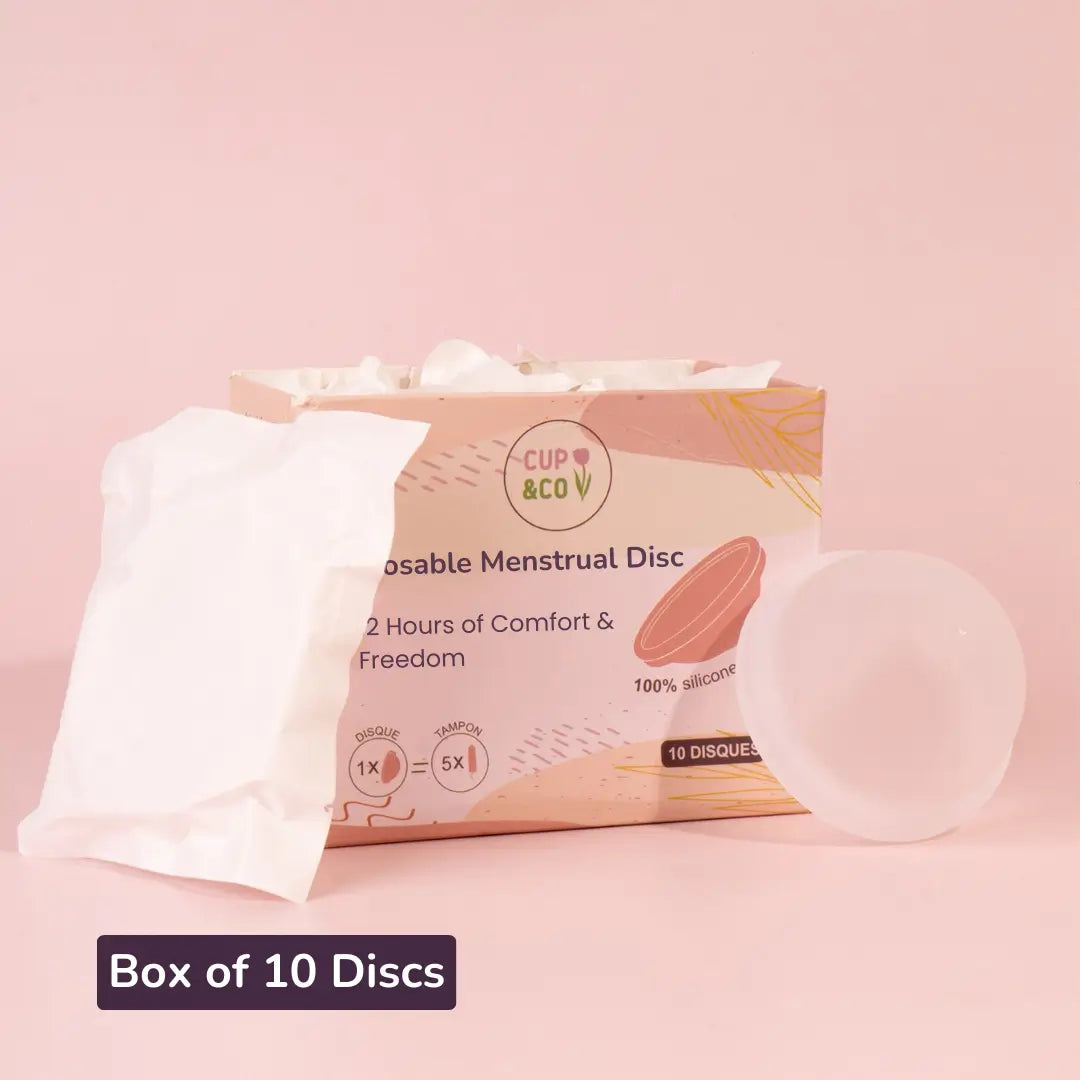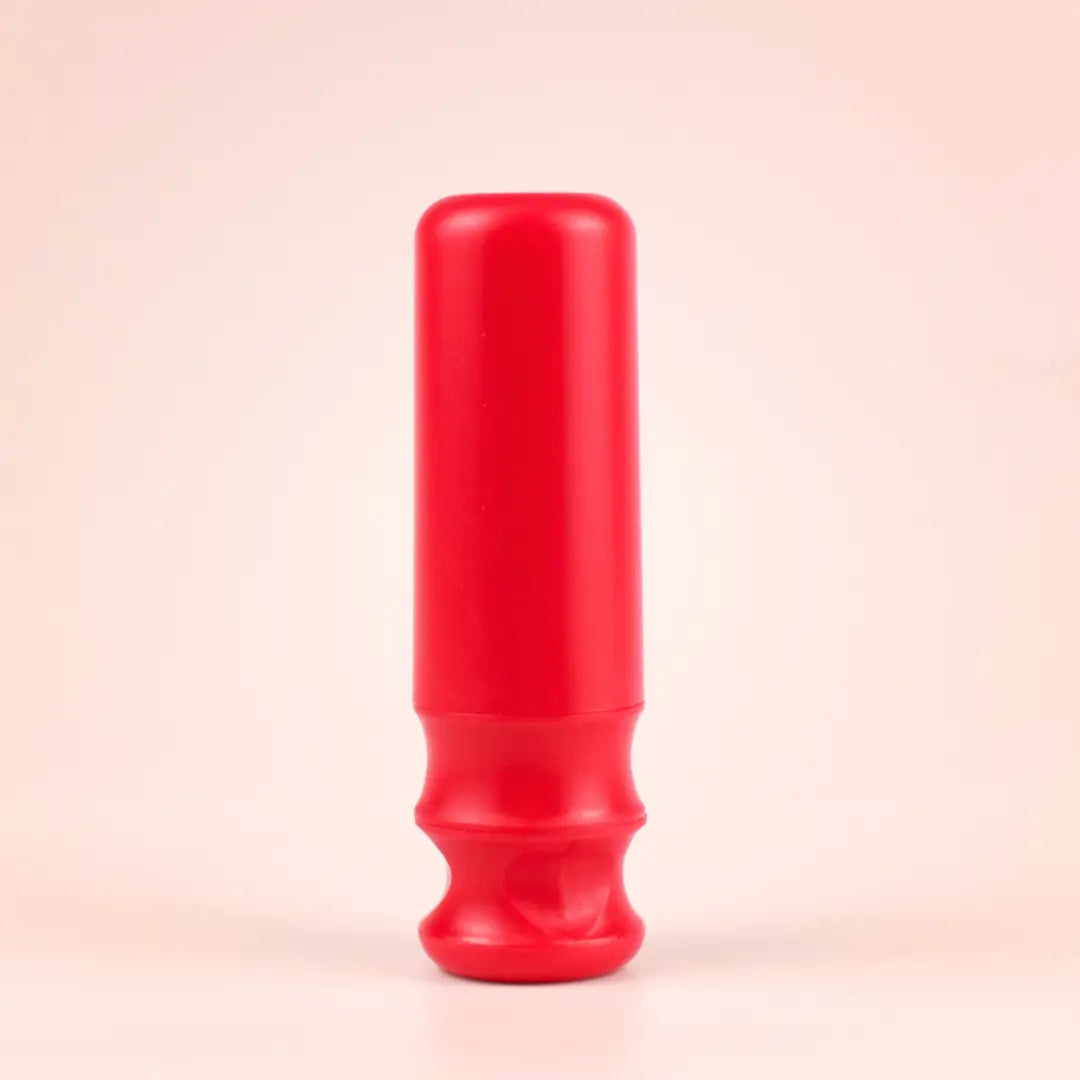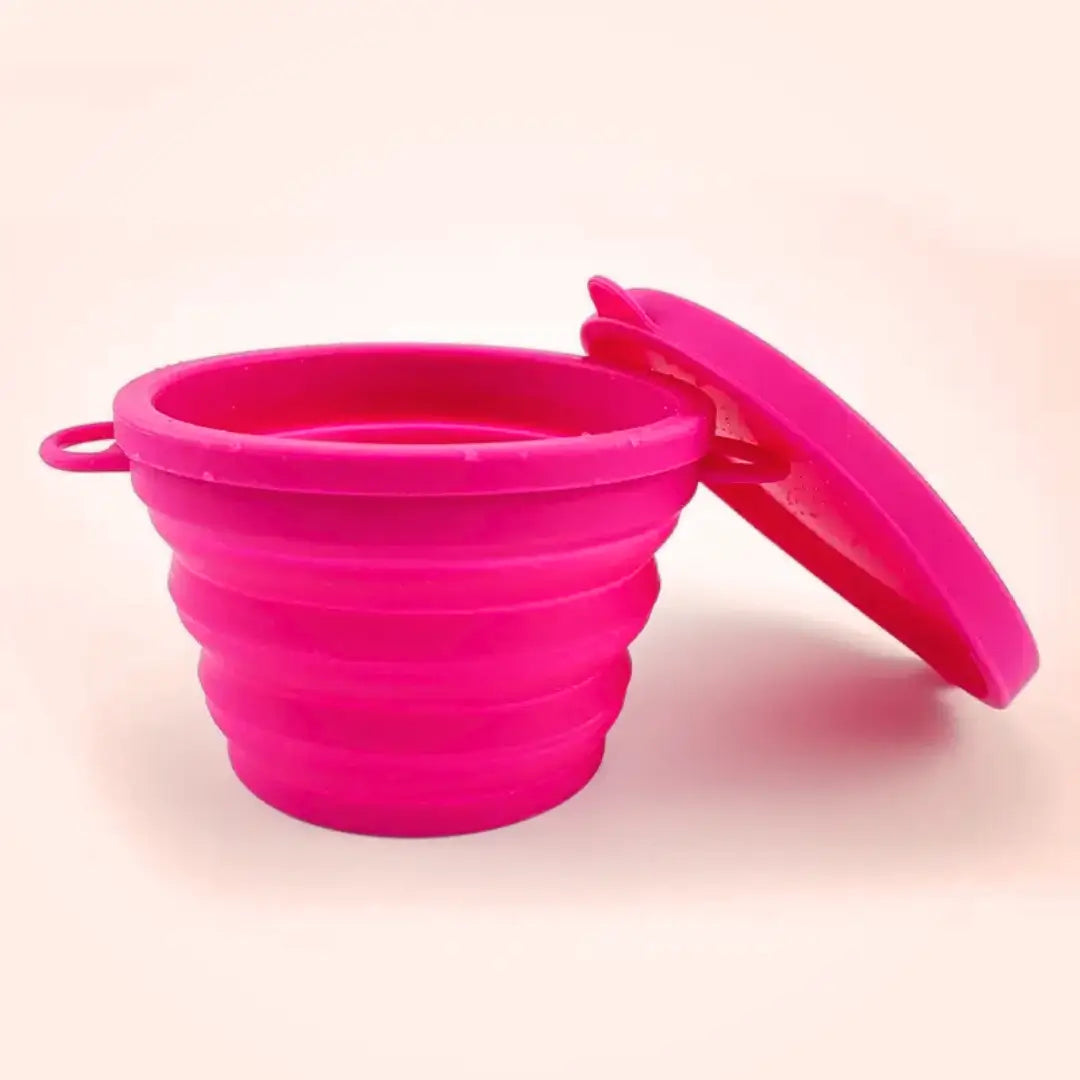It's not uncommon for menstrual cups to slip down or not stay in place, which can lead to discomfort and leaks.
According to user reviews about menstrual cups, many women experience this issue, and it's often due to incorrect positioning, which prevents the suction seal from forming properly. Without that seal, your cup won't stay in place. Another common reason is using the wrong cup size, which happens frequently after childbirth.
We've put together several solutions in this article to help you fix the issue.
But just so you know, many women have switched from a menstrual cup to a menstrual disc for this exact reason… and haven't looked back. 😊
Your Menstrual Cup Is Falling Out Because the Suction Seal Isn't Holding It in Place
The suction seal is what keeps your menstrual cup securely in place. It's that gentle "pop" or suction you feel when the cup is correctly positioned inside your vagina. If your cup keeps slipping or even falling out, it likely means that seal isn't forming properly.
How to Insert Your Menstrual Cup Correctly So It Stays in Place
- Get into a comfortable position: squatting, standing with one leg raised, or sitting on the toilet.
- Fold your cup using the "Pushdown" or "Punchdown" method, which is one of the easiest folds and helps the cup open up smoothly.
- Insert the cup high enough, then let it fully open inside your vagina. Once it unfolds, it should create a natural suction that keeps it from moving or sliding down.
👉 Learn more about how to insert your menstrual cup with our step-by-step guide.

Your menstrual cup should normally stay in place thanks to the suction effect.
⚠️ If, after checking the suction (as explained in the next section), it still doesn't seem to be working, try this method:
- While squatting (or in another comfortable position), hold the folded cup in your hand and bear down by contracting your pelvic floor muscles (like when you're trying to have a bowel movement).
- Then insert the folded menstrual cup.
- Once it's fully inserted, relax your muscles.
This technique can help create a stronger seal and better suction, which helps the cup stay in place more securely. Just be careful, if the suction is too strong, it might cause some discomfort or cramping.
Make sure your cup is positioned correctly and the suction seal is working
-
Try rotating the menstrual cup by holding the base or the stem.
- If it spins easily, that means it has fully opened and is properly in place.
- If it feels stuck or doesn't turn, it likely hasn't fully unfolded and may still be creased.
- To test the suction seal, tug on the stem.
-
- If you feel some resistance and a slight pulling sensation, the suction is working properly and your cup should stay in place.
- If the suction still isn't working and your cup keeps slipping, it might be an issue with the cup size.

Your Menstrual Cup Might Not Be the Right Size
Is your cup not fully opening or sitting too low?
➡️ It could be too big for your body.
Is it opening fine but sliding down?
➡️ It's likely too small.
Trying a menstrual cup for the first time?
You may have picked a size that's not the best fit for you.
Here's a quick sizing tip:
- For teens or people who are virgins, we recommend starting with an XS size.
- If you're young or very active, we recommend going with a smaller cup.
If you have a strong pelvic floor, try a firmer cup, it'll stay in place better. - If you're over 25 or have given birth vaginally, a larger size will usually suit you better.
👉 Follow our size guide to find your perfect fit.

Using a menstrual cup after giving birth?
After pregnancy and childbirth, your body and your period can change. If you're using the same menstrual cup you had before your postpartum, it might not work as well anymore and could start slipping, leading to leaks.
That's totally normal: your vaginal canal may be wider, your flow could be heavier or lighter, and your cervix may have shifted (higher or lower).
In this case, your old cup might no longer fit your new anatomy. We recommend switching to a larger size menstrual cup, or trying a reusable menstrual disc, an alternative that many moms love. 🤰
Plus you've got a 90-day guarantee, so you can take your time and try out this new period protection with total peace of mind.
However, the issue might also come from your pelvic floor muscles, which may no longer hold the cup in place as they used to.
Your menstrual cup keeps slipping? A weakened pelvic floor could be the reason.
If your pelvic floor muscles (perineum) are weakened, which is common after childbirth, they might not be strong enough to hold something like a menstrual cup in place.
To improve this, you can do exercises to strengthen your pelvic floor 💪, such as Kegels. These can be done by consciously contracting the muscles, or with the help of vaginal weights or pelvic floor training devices.
In the meantime, a menstrual disc can be a great alternative.
It stays in place even with a weaker pelvic floor because it naturally sits higher up in the vaginal fornix, just under the cervix. That's why many women choose to switch from a menstrual cup to a disc after giving birth.
Menstrual cup slipping due to too much lube?
If you're using lubricant to help insert your menstrual cup, it's possible that you've used a bit too much, which can lead to two common issues:
- The cup may become too slippery and slide out of your vagina more easily.
- It can also slip from your hands during insertion, making it harder to position correctly.
To avoid this, try inserting your cup without lubricant. You'll likely find that it stays in place better and is easier to handle.







